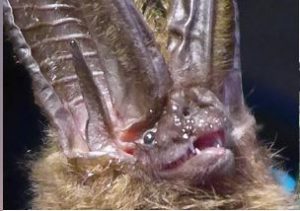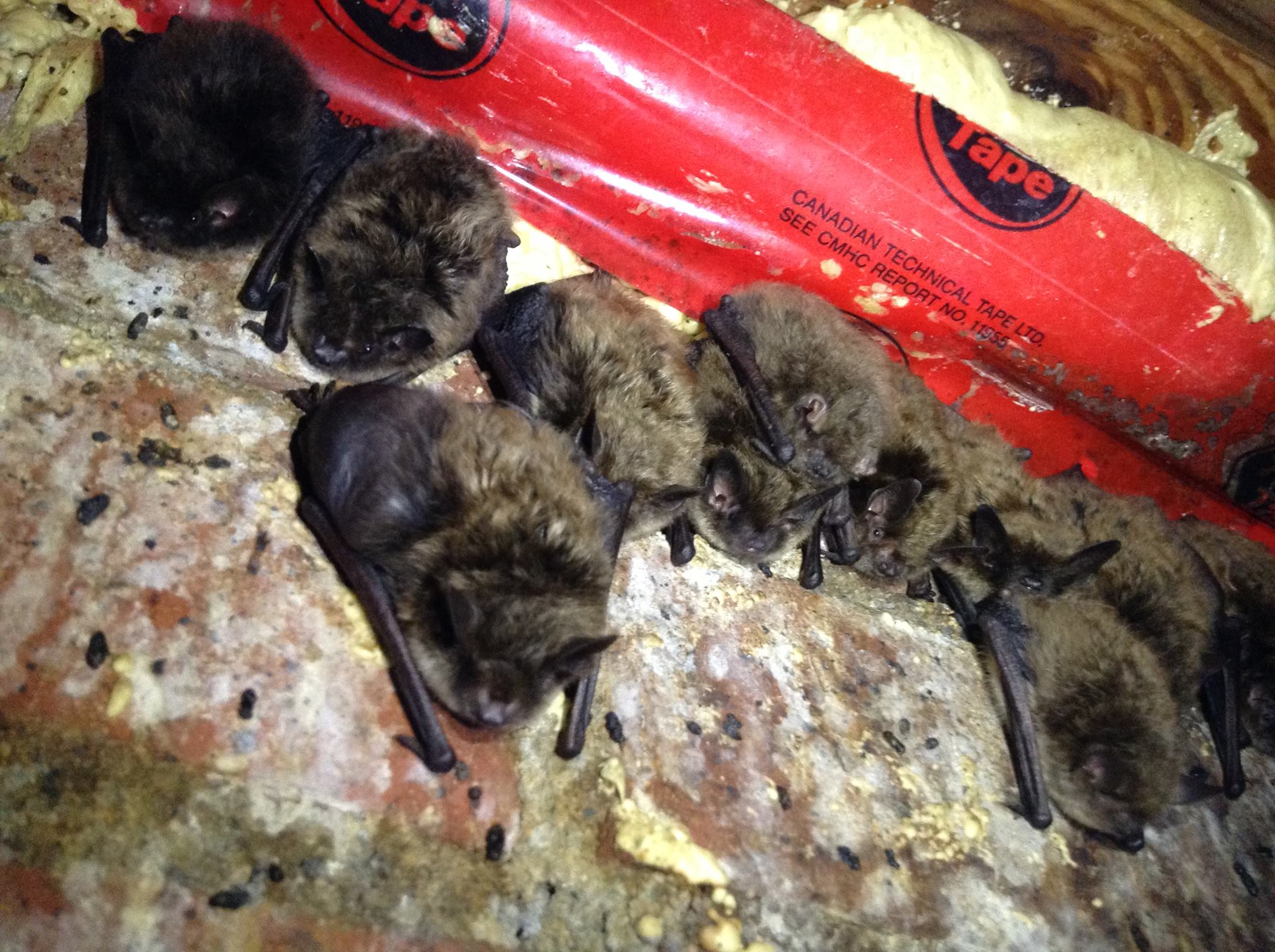Only one case of rabies has been confirmed so far in BC this year.
Unfortunately for 21 year old Nick Major, this encounter would lead to his death on July 14.
A bat reportedly flew into his hand in broad daylight in May. Major developed symptoms of rabies six weeks later.
“If you get a sign, then you’re dead.” Says Nelson based WildSafeBC Coordinator David White. “If you get bitten by any kind of animal you go out immediately to the emergency room. Go to a doctor and start on the series of rabies shots.”
White studied the rabies virus in arctic foxes who have the highest exposure rate in the world at roughly 20%. He says anyone who handles animals or works in the bush should take precautions to avoid the virus which is spread through saliva and affects the central nervous system of the brain.
“Even if you have the pre-exposure rabies shots, you should still go to the doctor and get the post-exposure. But if you start getting symptoms? You’re gone.”

Kootenay Community Bat Project Coordinator Leigh Anne Issac addresses the death of Major who came into contact with the rabid bat.
“When something like this happens, it’s exceptionally important for people to understand not to come into direct contact with bats because the stakes are so high. But understanding what the baseline occurrence in bats is, is also an important part of the picture too.”
So what do you do if you are directly exposed to bats?
Never handle a bat. If anyone or their pet is in direct contact with a bat, seek help.
“They go through this very, very detailed risk assessment and then your vet would do the same thing with your pets as well.” Says Isaac. “Doing that sooner rather than later is important because there are a series of post exposure rabies vaccinations that you can get.”
Isaac works specifically with bats and even encourages a form of cohabitation. The Kootenay Community Bat Project exists because half of the 16 bat species in BC are at-risk. Resources are available through the BCBats.ca website to help property owners find a way to roost bats in a safely. Got bats? Call 1-855-922-2287
What is the risk of contracting rabies from a bat?
The BC Centre for Disease Control (BCCDC) report a 13% positive test rate for rabies in bats. However, Isaac says the high rate is due to the nature of the samples being submitted. Regular, healthy bats who avoid direct human contact are not the ones making it to the lab. In fact, the BCCDC estimates that only 0.5% of the bat population carry the rabies virus.
How do the numbers stack up in BC and Canada?
Data collected by the federally-run Canadian Food Inspection Agency show which animals are most likely to spread the virus, and where.
Of the 15 animal specimens collected in BC in 2019, no cases of rabies were found prior to the Nick Major case.
Of the 131 animal specimens collected in BC in 2018, 10 cases of rabies were found and only in bats.
In 2017, 121 specimens were collected and 11 bats were found exposed to the rabies virus. Again, only bats.
This is not the case in the rest of Canada. This is the tally so far in 2019; 10 skunks, 9 dogs, 7 bats, 6 raccoons, 3 arctic foxes, 1 wolf and 1 cow. Out of 901 samples submitted nation-wide, Ontario submitted 550 alone.




